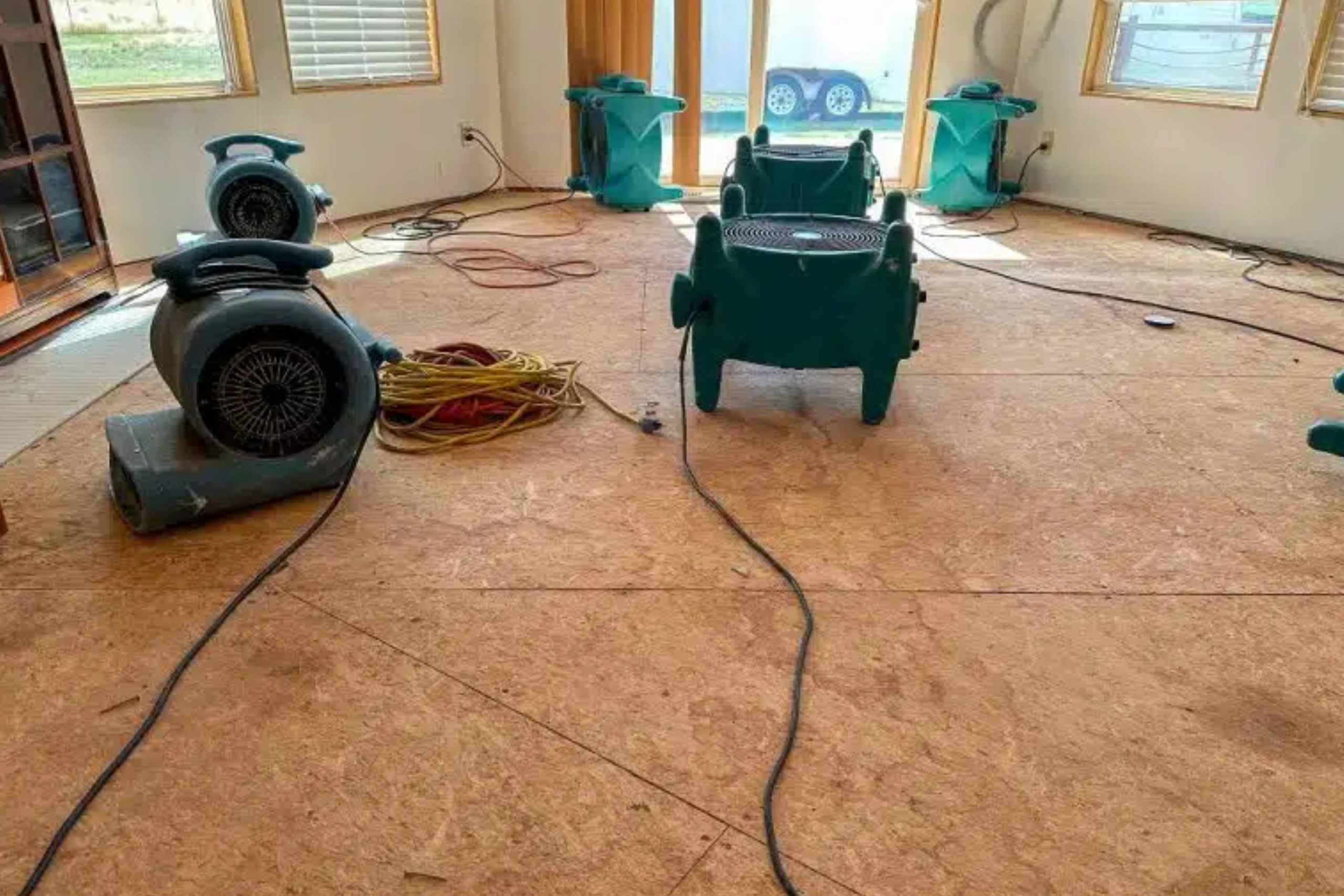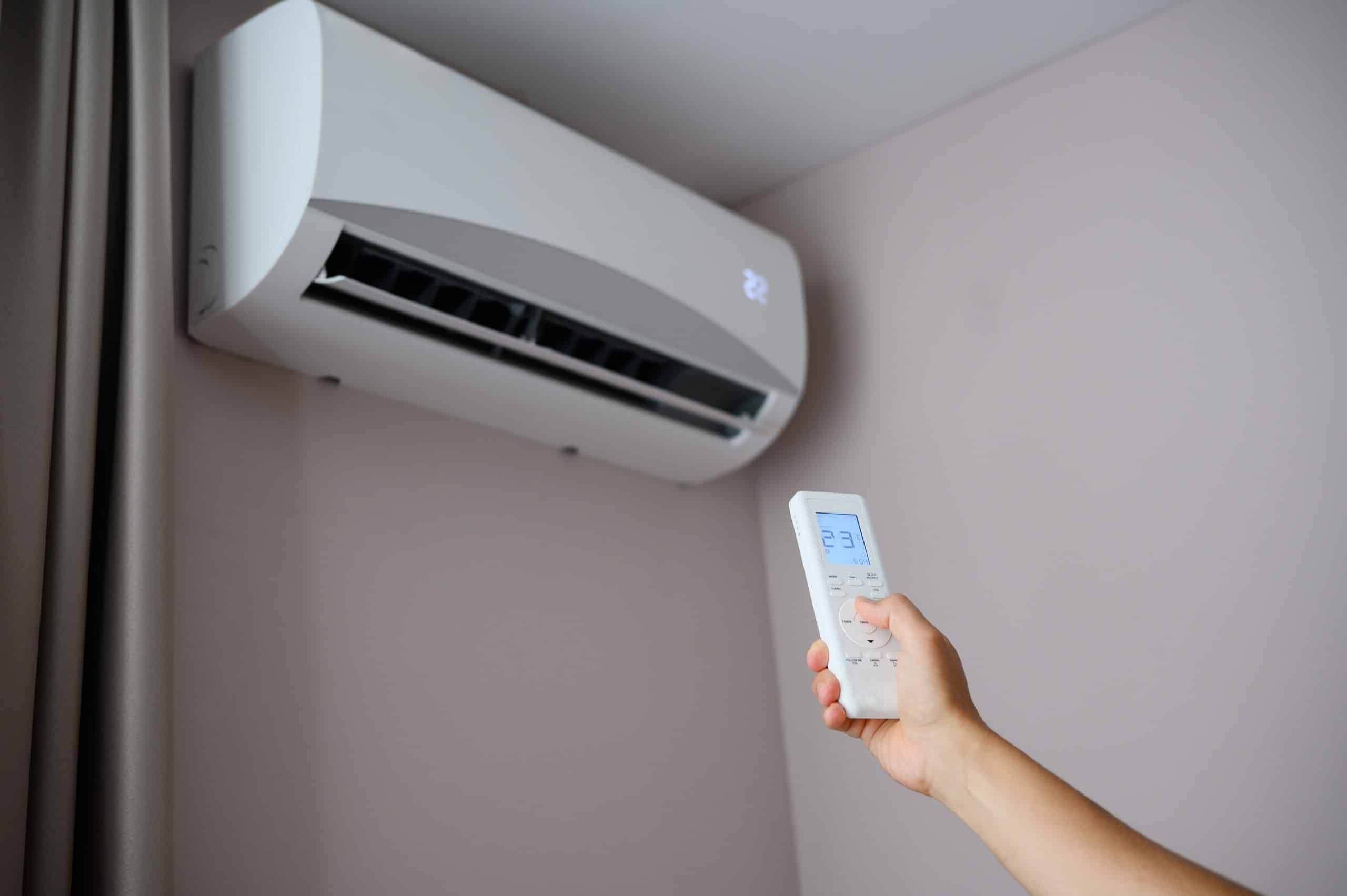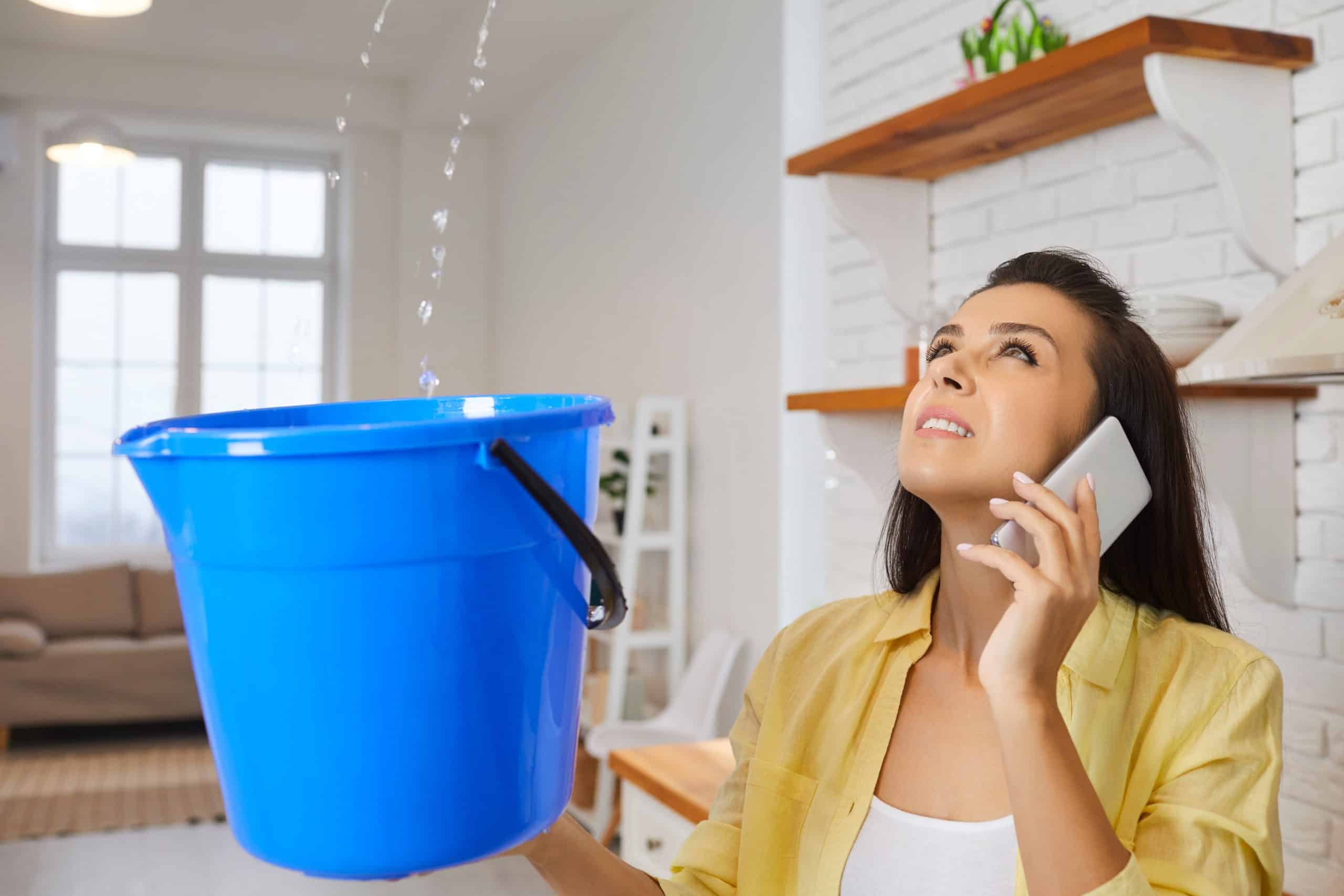Fact: Properly restored floors and furniture recover up to 90% of their original beauty and…
First 24 Hours After a Flood
Imagine waking up to the sound of rushing water in your home. Your heart races as you step onto a wet floor. It’s every homeowner’s nightmare – a flood.
But here’s a shocking fact: just one inch of floodwater can cause up to $25,000 in damage to your home. That’s right, a mere inch!
I’ve seen the devastation floods can cause, and I can tell you this: what you do in the first 24 hours is crucial. It’s the difference between a manageable cleanup and a total disaster.
In this quick guide, we’re cutting through the panic and giving you a clear action plan. Whether it’s a burst pipe or a natural disaster, these steps will help you minimize damage, stay safe, and get back on your feet faster.
So, take a deep breath. We’re going to discuss the essential steps you must take in the critical first 24 hours after a flood. Let’s turn this crisis into a manageable situation!
1. Safety First: Assess the Situation (0-1 hours)
The moment you notice flooding, your priority is safety.
- Turn off the electricity at the main breaker if you can safely reach it. Water and electricity are a deadly mix.
- If the water is above electrical outlets, don’t wade in! Exit immediately and call for help.
- Avoid contact with floodwater. It may contain sewage or dangerous debris.
Remember, your safety trumps everything else. If you’re unsure, get out and call professionals.
2. Document the Damage (1-2 hours)
Once you’re safe, document everything before you start cleanup. This step is crucial for insurance claims.
- Take extensive photos and videos of all affected areas.
- Make a list of damaged items, including makes, models, and approximate values.
- Don’t throw anything away until your insurance adjuster has seen it.
Pro tip: Use your smartphone to record a video walkthrough, narrating what you see. This provides a comprehensive record for your insurance company.
3. Contact Your Insurance Company (2-3 hours)
Don’t delay this step. The sooner you contact your insurance company, the faster your claim can be processed.
- Report the flood damage immediately.
- Ask about the claim process and what documentation they need.
- Inquire if they have preferred “water damage restoration near me” services.
Many insurance companies have 24/7 claim hotlines. Use them!
4. Remove Water and Start Drying (3-8 hours)
Time is of the essence. The longer water sits, the more damage it causes.
- Use pumps, wet vacs, or even buckets to remove standing water.
- Move wet items to a dry, well-ventilated area.
- Open windows and doors to improve air circulation.
- Use fans and dehumidifiers to speed up drying.
Remember, mold can start growing within 24-48 hours. That’s why quick action is crucial.
5. Salvage and Protect (8-12 hours)
Now’s the time to save what you can and prevent further damage.
- Remove saturated carpets and padding.
- Wipe down wooden furniture.
- Move valuable items to a safe, dry location.
- If possible, lift furniture onto blocks to prevent further water absorption.
Be realistic about what can be saved. Some items may need to be discarded for health and safety reasons.
6. Clean and Disinfect (12-24 hours)
Floodwater can contain harmful bacteria. Cleaning and disinfecting is crucial.
- Use a solution of one cup of bleach to one gallon of water.
- Clean all surfaces that came into contact with floodwater.
- Pay special attention to food preparation areas and children’s play areas.
Wear protective gear: rubber gloves, boots, and a mask.
7. Begin Restoration or Call Professionals (24 hours)
By this point, you’ve done the immediate damage control. Now, it’s time to think long-term.
- Assess whether you can handle the remaining cleanup and repairs yourself.
- For extensive damage, search for a “water mitigation company near me.”
- Professional services have industrial-grade equipment and expertise to prevent long-term issues like mold growth.
Don’t underestimate the value of professional help. A “water damage restoration near me” service can save you time, stress, and potentially money in the long run.
The Road to Recovery
Dealing with a flood can be overwhelming, but recovery is possible. Acting quickly and methodically in the first 24 hours sets the stage for a successful restoration.
Remember that emotional recovery is just as important as physical recovery. If you’re feeling overwhelmed, don’t hesitate to reach out to friends, family, or professional support services.
Remember, whether you’re handling the cleanup yourself or searching for “water damage restoration near me,” the key is to act fast, stay safe, and be thorough. You can turn this challenging situation into a story of resilience and recovery with the right approach.
Stay dry, stay safe, and know that brighter days are ahead!



